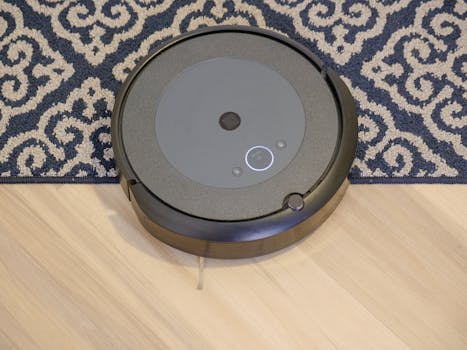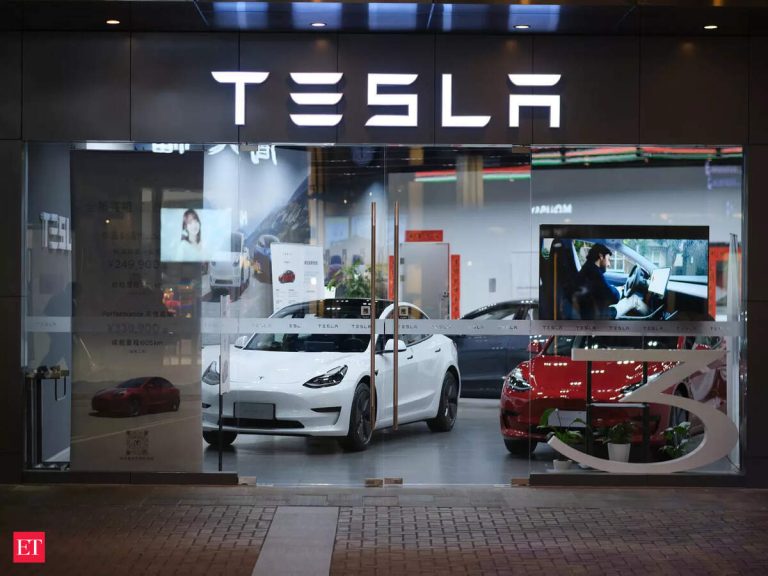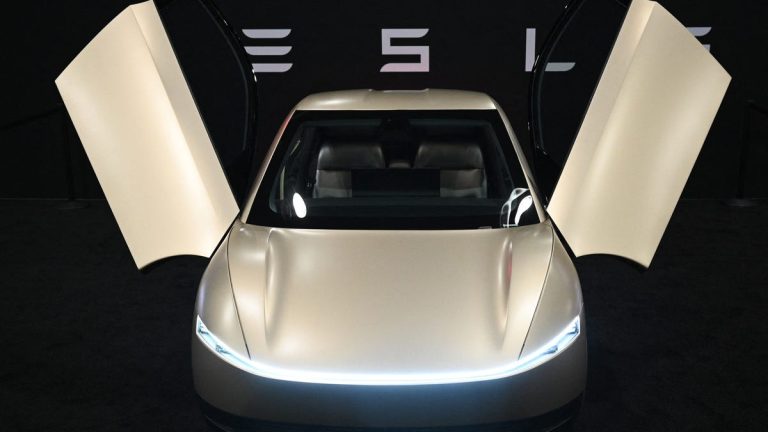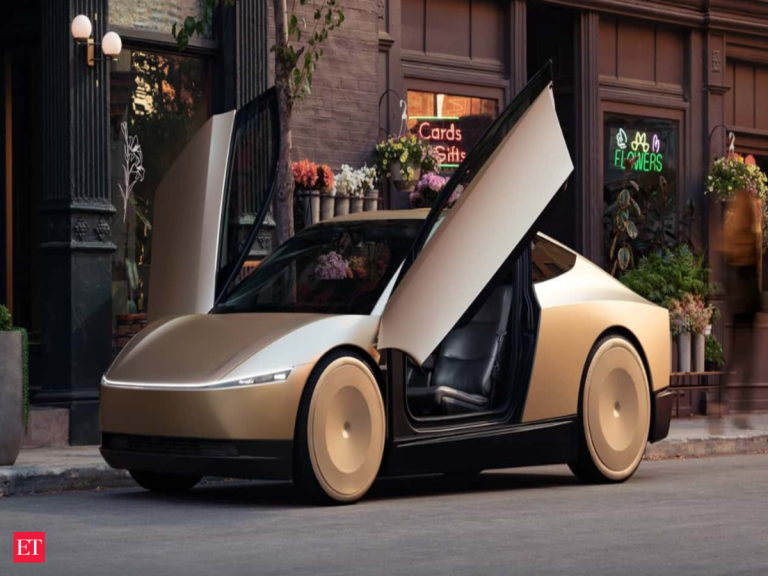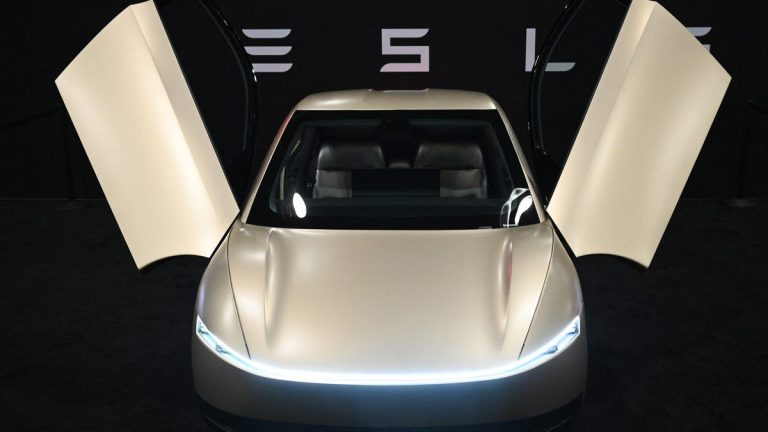
Smart Homes and Smart Living: The Technological Transformation of European Homes by 2025
Smart Homes and Smart Living is revolutionizing the way we live and interact with our living spaces. With the increasing demand for smart homes, European homes are becoming more technologically advanced, making our lives easier, more convenient, and more enjoyable. In this article, we will explore the current state of smart homes in Europe, the benefits of smart living, and what we can expect from the future of smart homes.
Current State of Smart Homes in Europe
According to a recent study, the smart home market in Europe is expected to grow significantly over the next few years, with an estimated value of €23.4 billion by 2025. This growth is driven by the increasing adoption of smart home devices, such as smart thermostats, smart lighting systems, and smart security systems. Many European countries, such as the UK, Germany, and France, are already experiencing a high demand for smart homes, with homeowners looking to upgrade their living spaces with the latest smart technologies.
Benefits of Smart Living
Smart living offers numerous benefits, including increased convenience, energy efficiency, and improved safety and security. With smart home devices, homeowners can control their living spaces remotely, adjusting the temperature, lighting, and security systems with just a few taps on their smartphones. Smart homes also provide real-time energy usage monitoring, helping homeowners to reduce their energy consumption and lower their utility bills. Additionally, smart homes can enhance the overall living experience, providing features such as voice-controlled assistants, smart entertainment systems, and smart home appliances.
Future of Smart Homes in Europe
By 2025, we can expect to see significant advancements in smart home technologies, with the integration of artificial intelligence, the Internet of Things (IoT), and 5G networks. These advancements will enable smart homes to become even more sophisticated, providing features such as predictive maintenance, automated energy management, and enhanced security systems. Furthermore, the increasing adoption of smart home devices will drive the development of new business models, such as smart home as a service, which will provide homeowners with access to a range of smart home services and support.
Conclusion
In conclusion, the future of European homes is becoming increasingly smart, with technological advancements transforming the way we live and interact with our living spaces. With the benefits of smart living, including increased convenience, energy efficiency, and improved safety and security, it’s no wonder that the demand for smart homes is on the rise. As we look to the future, we can expect to see significant advancements in smart home technologies, driving the growth of the smart home market in Europe and beyond.

